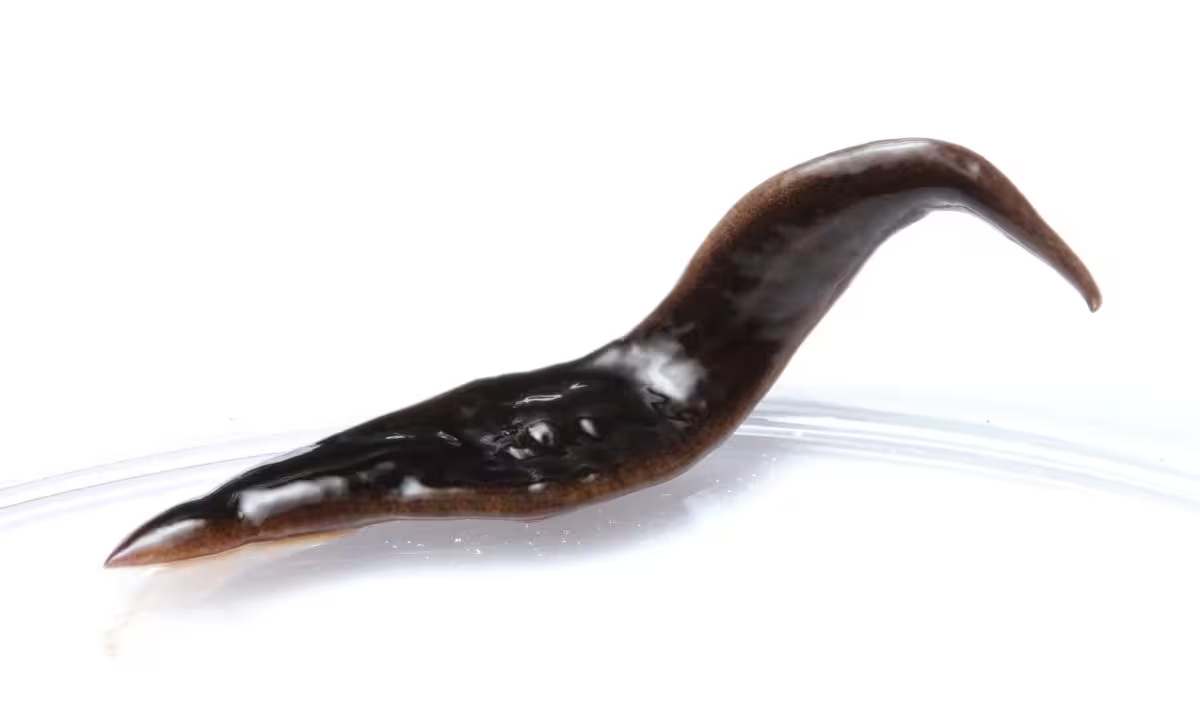In North Carolina and Florida, scientists discovered a new species of flatworm, Amaga pseudobama. It was initially misidentified and little is known about its ecology or potential threat to local ecosystems. More research is needed to understand its distribution and impact.
“There are many species of flatworms, but most of them are aquatic,” says Matt Bertone, co-author of the paper on the discovery and director of the North Carolina State University Plant and Insect Disease Clinic. “Most of the flatworms you find on land are present in tropical ecosystems, so it was somewhat surprising to find a terrestrial flatworm species unknown to science in North Carolina.
Flatworms: predators and potential threats
“Free-living flatworms (non-parasites) are predators that feed on other soft-bodied organisms such as earthworms and slugs,” says Bertone. “And people often worry that unidentified flatworms may be poisonous, carry parasites, or be invasive species that threaten local ecosystems.”
As a result, when a commercial nursery in North Carolina found unknown flatworms in some pots, they sent it to Bertone to find out what it was. The flatworms in question are brownish black and just under an inch long. Bertone sent photographs of the flatworms to an expert for preliminary identification and also sent physical samples to make a definitive diagnosis of the species.
Flatworm experts suggest flatworm is a known species, based on photographs Obama nungara It originates from South America. But after molecular and histological analysis, researchers from France and Australia discovered that these were not only different species, but not even the same genus.
Meanwhile, Bertone shipped more of these unidentified flatworms hundreds of miles from two other locations in North Carolina, where the first flatworms were found. Additionally, these new specimens were found in residential areas, not commercial nurseries.
Newly described species: Amaga pseudobama
“The name of the new species Amaga fake bam a and we know very little about it,” says Bertone. “It hasn’t been observed in the wild or in natural habitats, so we don’t know much about how it interacts with the environment. We can make inferences from what we know about related species, but we don’t know exactly what it hunts, how fast it reproduces, etc. We don’t know.”
When the new species was officially described, researchers discovered that specimens of the species had been collected before, but no one knew what they were. A few samples were collected in Florida in 2015.
“This, along with the fact that the first North Carolina specimens were found in plants shipped from Georgia, suggests that: A. pseudobama It can be found in the Southeast,” says Bertone. “It’s also possible these are just isolated cases. We just don’t know. Until more confirmed sightings of this species become available, we won’t know how established they are.
“The discovery of a new flatworm species is not necessarily a surprise; these animals are so little studied that there are probably many more species waiting to be discovered,” says Bertone. “But the fact that we know so little about them is one of the reasons why they are worth paying attention to. Do they pose a danger to local worms and, as a result, to local ecosystems? We need to study these species to find out. And the first step in this process is to have a clear understanding of the species and its name.” is defined as such.”













